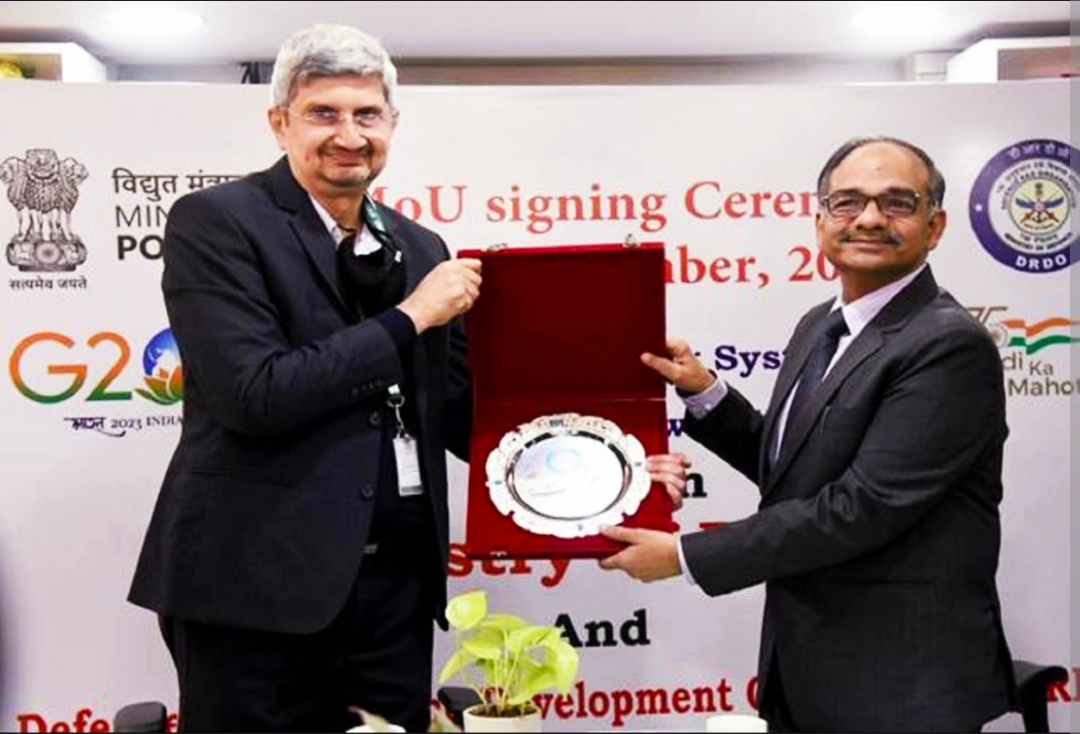The Ministry of Power announced that it has signed a Memorandum of Understanding (MoU) with the Defence Research and Development Organisation (DRDO) to implement an early warning system for vulnerable hydro projects and power stations in hilly regions. The MoU was signed by Alok Kumar, Secretary at the Ministry of Power, and Dr Samir V Kamat, Secretary of the Department of Defence (R&D) and Chairman of DRDO.
Buy Prime Test Series for all Banking, SSC, Insurance & other exams
What’s More The Ministry Is Doing:
Along with the DRDO, the Ministry of Power has also signed other MoUs with organisations like the Council of Scientific and Industrial Research’s (CSIR), National Geophysical Research Institute, the Indian Meteorological Department, the Wadia Institute of Himalayan Geology and the Indian Space Research Organisation’s (ISRO) National Remote Sensing Centre (NRSC).
The master control room for the EWS for vulnerable hydroelectricity projects has been set up by NHPC. It was launched in August 2022. The public utility company also launched a cloud-based software application for the EWS, which will help it monitor the 47 vulnerable projects across the country that were identified by the Central Electricity Authority (CEA). The software was integrated with information from other stakeholders in the project including weather forecasting data from the IMD.
Significance of This Move:
- The early warning systems will alert stakeholders in the case of natural hazards like avalanches, landslides, glaciers, glacial lakes and more.
- The Ministry of Power and the DRDO will also be working together to build mitigation and damage control systems against these disasters.
- The Early Warning System has been envisioned as a risk reduction system that combines hazard monitoring, forecasting and prediction, with disaster risk assessment, communication and preparedness.
- The system will allow for timely action in the face of possible disasters in order to minimise risk and damage.
About Early Warning System (EWS):
-
It is an adaptive measure to climate change, which uses integrated communication systems to help communities prepare for dangerous climate-related events.
-
A successful EWS saves lives and jobs, land and infrastructure and provides long-term sustainability.
-
This will aid in planning in the public sector, saving money in the long run and protecting economies.
Find More News Related to Agreements




 Exploring Bondi Beach: Sun, Surf and Syd...
Exploring Bondi Beach: Sun, Surf and Syd...
 ISRO Projects Seven Launches Including U...
ISRO Projects Seven Launches Including U...







